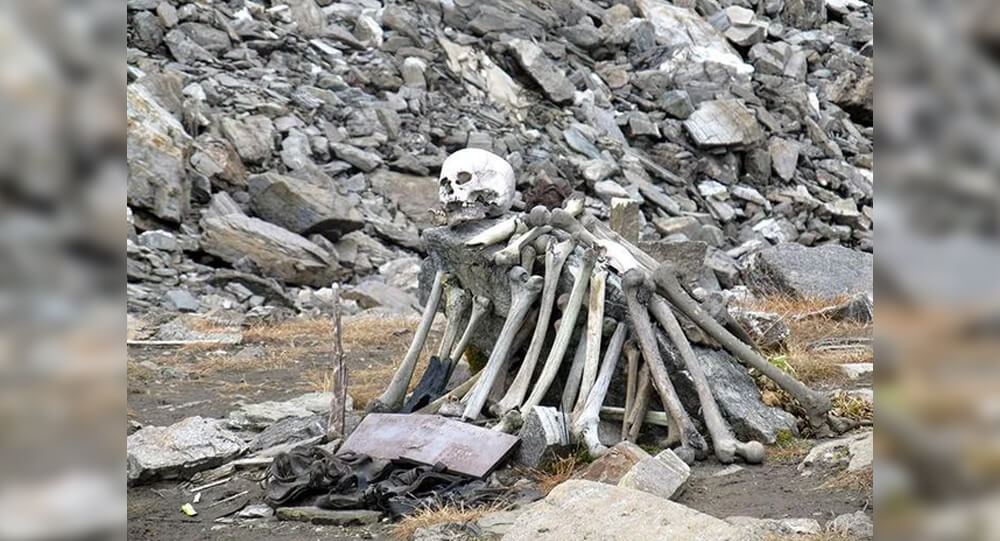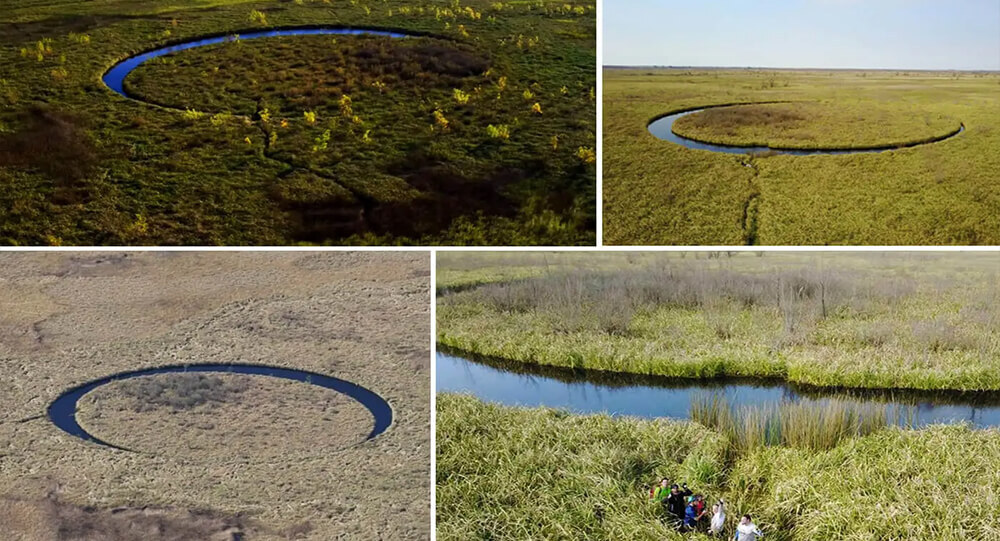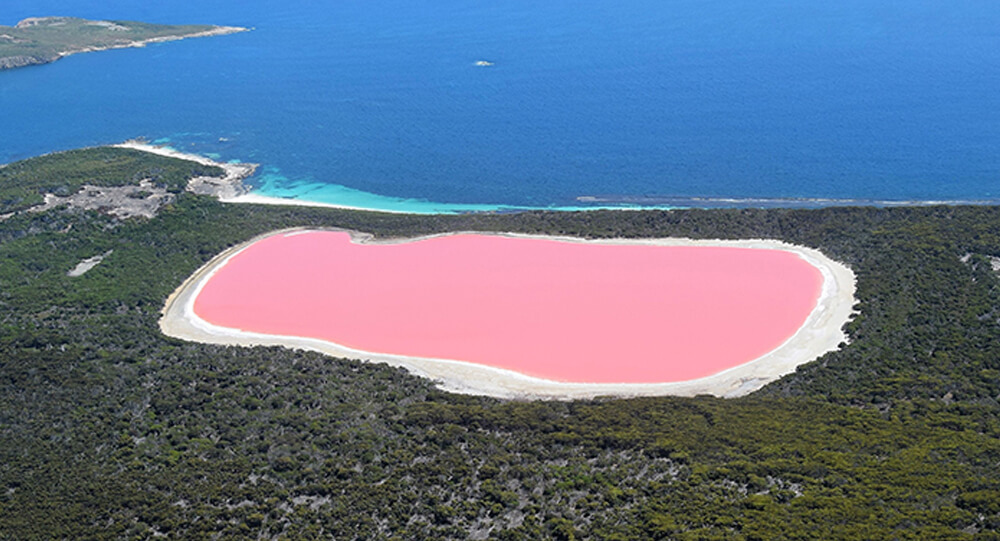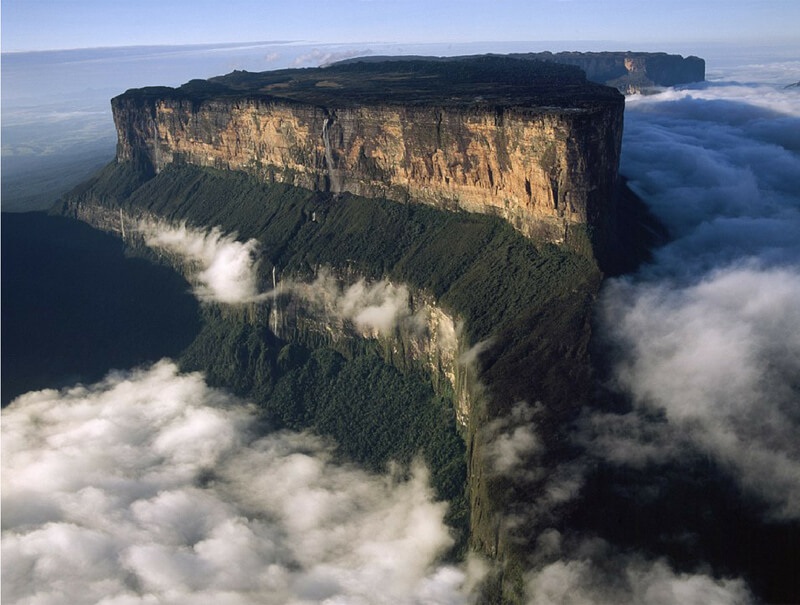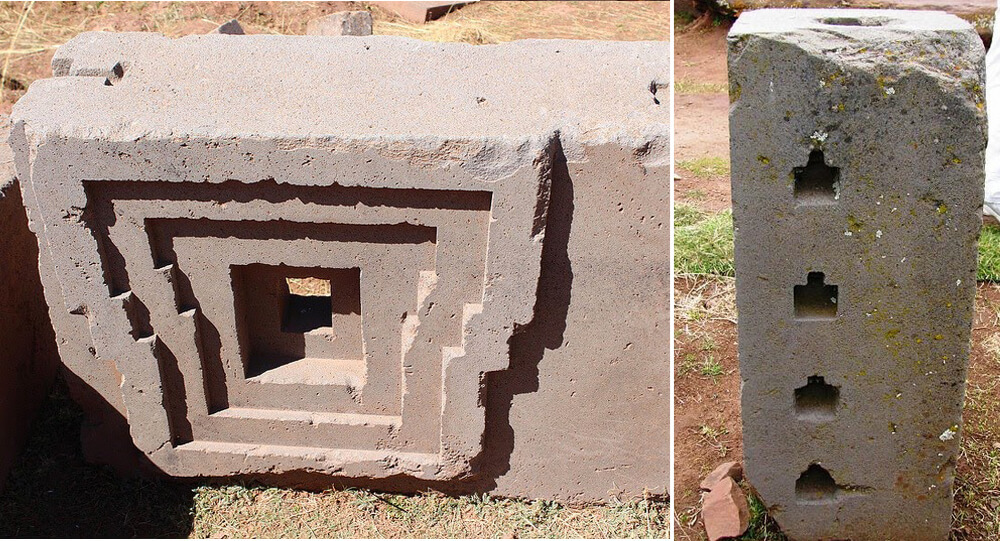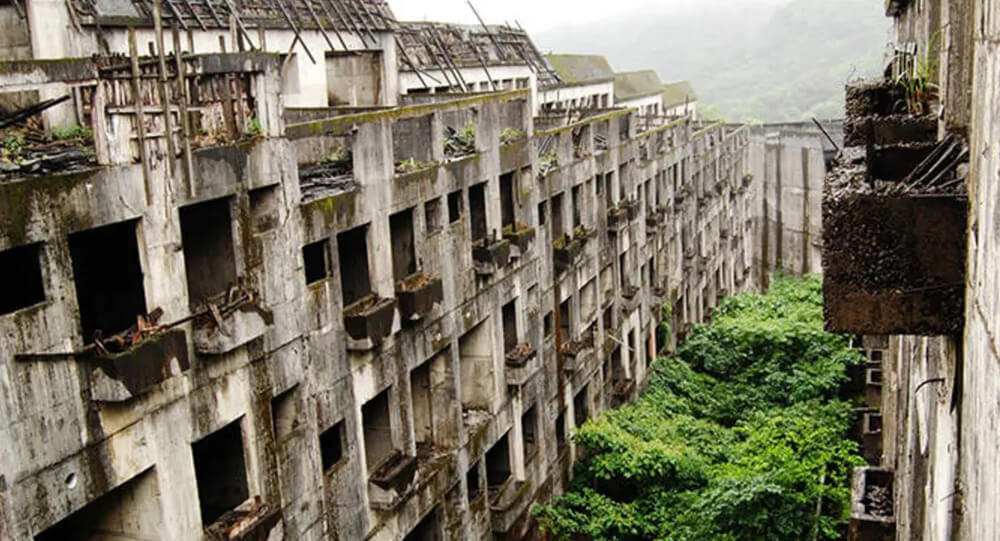
Learn the stories behind seven of the world’s most renowned abandoned cities and villages, from the infamous Chernobyl nuclear catastrophe zone to Hashima Island.
1. Tianducheng, China
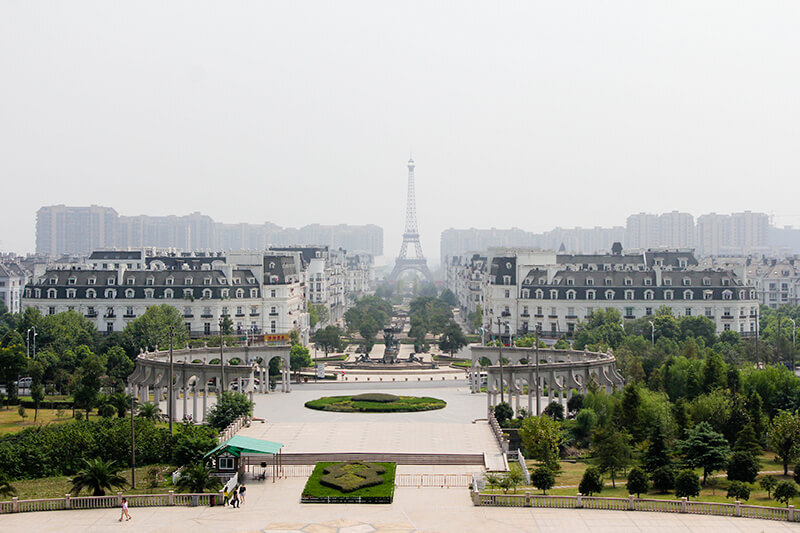
Tianducheng, a massive luxury housing development, pays homage to the famed French city of lights with period-correct architecture and a 300-foot tall miniature Eiffel Tower. It even features a replica of the Luxembourg Gardens’ fountain.
According to City Lab, the city, which had a population of over 10,000 people, has been mostly abandoned except for the staff of a nearby French-themed amusement park.
2. Hashima Island, Japan
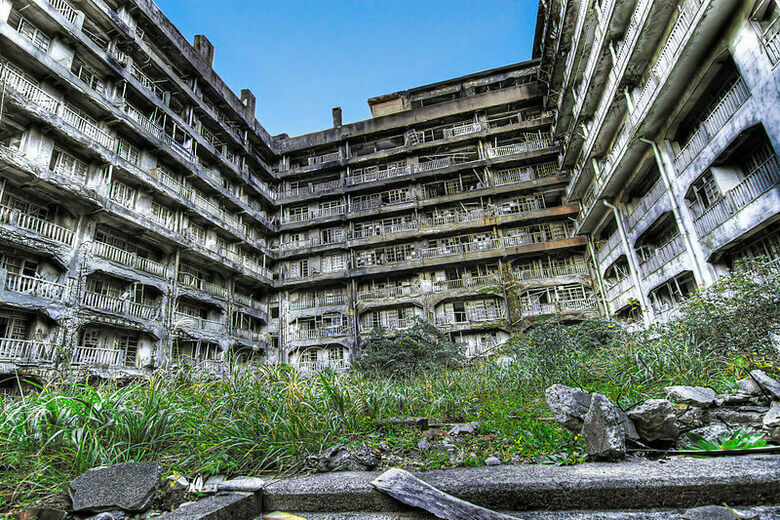
Hashima Island, also known as Gunkanjima (literally Battleship Island) off the coast of Nagasaki, Japan, is an abandoned island.
Hashima Island, which began as a residential area for workers working in the undersea coal mines in 1887, quickly grew into an island of concrete high-rise buildings that housed over 5,000 people. This island fortress included a clubhouse, movie theater, communal bath, swimming pool, rooftop gardens, stores, and even a pachinko parlor, in addition to the normal community buildings.
When Japan turned away from coal power in 1974, the mine shuttered, and the residents lost their jobs. Travel to the island was resumed in 2009 as interest in the island surged due to its fascinating history and spectacular architecture. Hashima Island was also featured in the James Bond film “Skyfall” as a villain’s hideaway.
Even though only a small fraction of the island is exposed to the public, it is a UNESCO World HeritageSite that provides a unique view of Japan’s fast industrialization.
3. Ashgabat, Turkmenistan
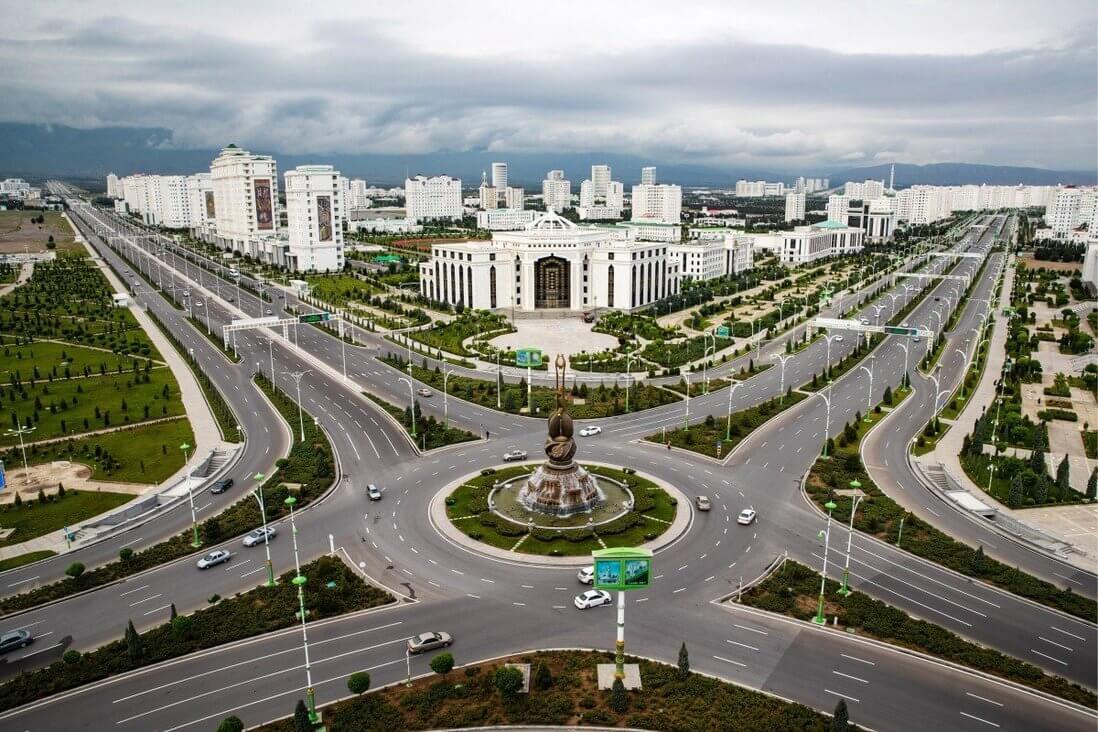
Turkmenistan is a former Soviet Union country with a leader likened to Kim Jong-Un of North Korea. With the construction of Ashgabat in 1991, President Saparmurat Niyazov hoped to usher in a “golden period of Turkmenistan.” He achieved it by erecting structures that smashed records, such as becoming the world’s metropolis with the most marble buildings.
In fact, the city boasts 543 structures constructed with the high-end material. In addition, Ashgabat is home to the world’s largest Ferris wheel.
The city is now known as “the city of the dead” since it appears to be deserted. This is due in part to Turkmenistan’s isolated culture: it is one of the world’s least visited countries
4. Wittenoom, Australia
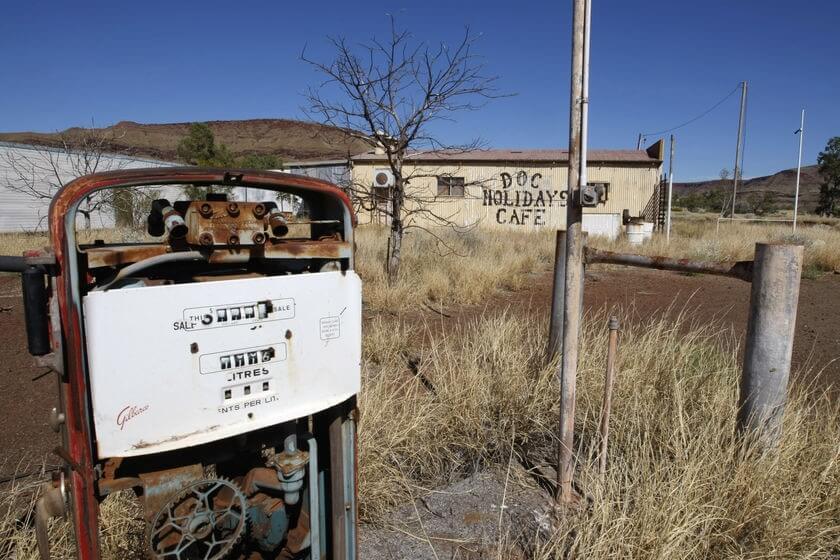
Wittenoom was established in 1946 as a mining town in Western Australia. Blue asbestos, an essential raw building material in the early twentieth century, was abundant in the surrounding gorge. Wittenoom was the major town in the Pilbara region by the early 1950s.
According to ABC, the mine closed in 1966 due to diminishing demand for asbestos, which resulted in most of the people relocating away to pursue other work. In 2007, the Australian government declared Wittenoom closed, limiting access to the former mining town and removing it from all official maps.
Asbestos fibers can still be found in the topsoil and air around Wittenoom due to the nature of the mining that took place there, making it dangerous to spend too much time around the town.
Only one resident survives, according to a documentary broadcast in December 2019.
5. Varosha, Cyprus
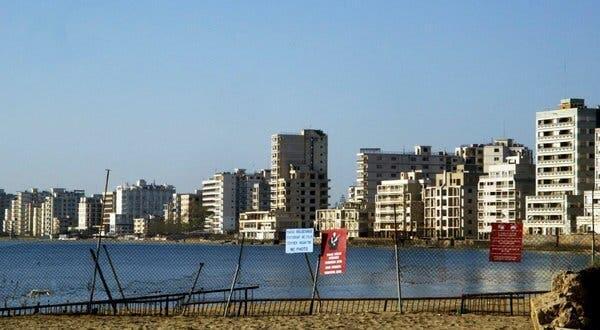
It’s not every day that a vacation resort frequented by Elizabeth Taylor, Richard Burton, Raquel Welch, and Brigitte Bardot turns into a ghost town. But that’s exactly what happened in Famagusta’s Varosha neighborhood.
According to the BBC, Varosha was one of the most popular tourist attractions in the world in the early 1970s. Turkey attacked Cyprus in 1974. Residents fled for their lives when rival Turkish and Greek soldiers descended on the area around Varosha.
According to the BBC, Varosha has been abandoned and under Turkish military administration since 1974. The once-beautiful tourist attraction has been cordoned off, and only military and UN workers are permitted to enter. Several attempts have been made to broker a deal that will reopen Varosha, but no agreement has been reached.
6. Residents of Centralia
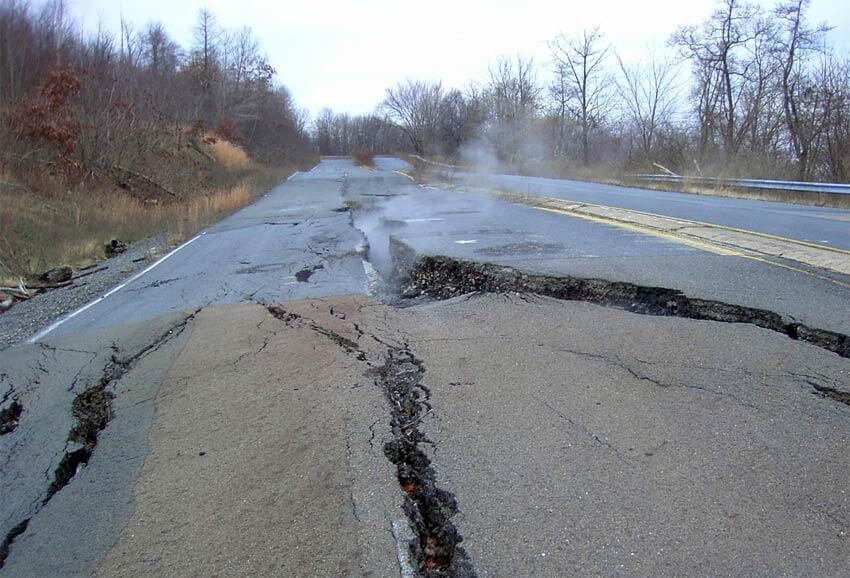
The coal fire under the town of Centralia, Pennsylvania, has been burning since 1962 and may continue to burn for another 250 years, like something out of a nightmare.
The coal seams beneath the surface of this little Pennsylvania town were lighted by an attempt to clean up the local landfill. Residents have gradually abandoned their homes as the fire has burned for years, fearing not just the flames beneath their feet, but also sudden sinkholes and carbon monoxide poisoning.
Most of the residences in Centralia were taken by eminent domain, and the few remaining residents agreed to hand over their land to the government when they died. Centralia was declared illegal by the state government in 1992.
7. Pripyat, Ukraine
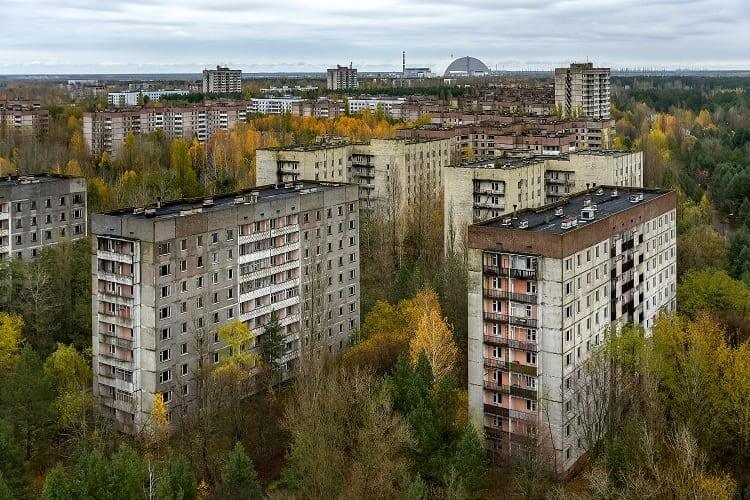
The time was 1:23 a.m. A catastrophic meltdown occurred inside reactor number four at the Soviet nuclear power station at Chernobyl on April 26, 1986. The subsequent explosion sent flames and radioactive debris hurtling into the sky over Pripyat, a nearby city constructed to house the plant’s scientists and workers. The town’s 49,000 residents were evacuated after 36 hours, and many eventually experienced serious health consequences as a result of their brief exposure to the fallout.
Later, Soviet authorities erected an 18-mile exclusion zone around Chernobyl, rendering Pripyat a ghost town. For nearly three decades, the city has remained a frightening reminder of the calamity. Wild animals roam through what were once lively apartments, sports complexes, and an amusement park, and the buildings have rotted and been partially reclaimed by the elements. Hundreds of letters from 1986 still remain at the village post office, waiting to be mailed. While radiation levels in Pripyat have decreased enough in recent years to enable for brief visits by urban explorers and former residents, scientists believe that it will take several centuries before the town is safe to live in again.

The mystery of India's 'lake of skeletons'
In 1942, a British forest guard in India made an alarming discovery. Some 16,000 feet above sea level, at the bottom of a small valley, was a frozen lake absolutely full of skeletons.

The 1978 Lufthansa Heist: Unraveling the Mystery of America's Most Infamous Airport Robbery
During the 1978 Lufthansa heist, robbers infiltrated JFK Airport, restraining employees and holding a night guard hostage. They escaped with $5.9 million—worth over $27 million today. The crime, linked to the Lucchese crime family, remained unsolved for decades, with most suspects vanishing

The birth or sign language in Nicaragua
When 50 deaf Nicaraguan children who did not know sign language were placed in the same classroom, they created their own sign language. Scientists are still researching the unique spontaneous appearance of language, as well as its own evolution and training of grammar.

The Mystery of Canada's Magical Spotted Lake
Lake Khiluk, the world's most mineralized lake, and one of the most mysterious places on Earth. Each of these spots has a distinct chemical content and is said to cure various diseases.

The Remarkable story of jazz bassists Henry Grimes, lost but found as janitor and reclaimed the spotlight
Henry Grimes, one of the most versatile jazz bassists, disappeared in the 1960s and was later presumed dead. However, a jazz-loving social worker found him in 2002 working as a janitor in a hotel. Grimes found his way back into the limelight when a fellow musician sent him a bass as a gift. In 2016, he received a lifetime achievement award.

El Ojo, The Mysterious Rotating Island
In the middle of South America, a strange and nearly perfectly circle island moves on its own. The central landmass, known as 'El Ojo' or 'The Eye,' floats on a pond of clear and chilly water, looking strange and out of place in comparing to its surroundings. The bottom appears to be solid in compared to the marsh around it.

Inside The Mysterious Death Of The Famed Gothic Writer Edgar Allan Poe
Hours before his death Edgar Allen Poe was found on the streets of Baltimore. He was incoherent, wearing another man’s clothes, and unable to explain how he got there. The cause of his death is an unsolved mystery.

The mysterious secret of Dr James Barry
Before women were allowed to enroll in medical school, Margaret Ann Bulkley studied medicine and assumed the identity of Dr. James Barry for 56 years while dressing as a man. After 46 years of service as an army doctor officer, her secret was not made public until after her death in 1865.

Chocolate Rain in Switzerland: How a Factory Malfunction Turned Olten Into a Sweet Spectacle
In 2020, chocolate 'rained' from the sky in a town in Switzerland. This incident was caused by a ventilation system malfunction at a chocolate factory in Olten. Strong winds then carried the snow-like cocoa powder and spread it around in the immediate vicinity of the factory, covering cars and other things in chocolate.

Mystery SOLVED: blood Rain in India
The dissemination of spores of microalgae has been identified as the origin of the 'Blood Rain' phenomena, according to a new study by Indian and Austrian experts. Since 1896, reports of intermittent red-colored rain in portions of Kerala and Sri Lanka have been coming in. The most recent one occurred in 2013 over Kerala.

What is secret behind the Australia’s mysterious pink lake?
Lake Hillier in Australia maintains a bright pink hue all year round. Although no one knows for sure what causes the unique coloring, experts speculate that it might be the result of high salinity, a pink bacteria called “halobacteria,” and a salt-loving algae species called Dunaliella salina.

Jason Padgett: Became a Math genius after head injury in a robbery
Fate has no place in mathematics, yet fate played a role for Jason Padgett and his new fame for being a mathematical genius

Death Valley’s sailing stones mystery SOLVED
The mysterious "sailing stones" of Death Valley have confused experts for years. The massive stones appear to travel over the dried lake bed known as Racetrack Playa in California's Death Valley National Park, leaving a path in the cracked mud behind them.

The mysterious Pumpkin impaled on the top of Tower
Twenty Three years ago, somebody impaled a 60-pound pumpkin 170 off the ground on this spire at Cornell University. Nobody knows who did this or how they did it.

Mystery of 300-year-old mummified mermaid is being probed
There is a 300-year-old mummified mermaid with 30 centimetres tall and features a human-like head, two hands with what appear to be fingernails, and its lower body that look like a fish tail. The “mermaid mummy” is being probed by Japanese scientists in an attempt to unravel the mystery of its existence.

Jimmy Carter Once Promised to Release UFO Files—Here’s Why He Didn’t
During his 1976 presidential campaign, Jimmy Carter declared a bold intention: if elected, he would make all government UFO information available to the public. A man who openly admitted to having seen a UFO himself, Carter embodied a promise of transparency on one of the most controversial subjects of the Cold War era. However, once in office, Carter found powerful obstacles and, citing "national security concerns," chose not to release the files. This article unpacks Carter’s famous guarantee, the political realities he faced, and the enduring mystery surrounding government UFO secrecy.

Thousands of Rare "Ice Eggs" Blanket Finnish Beach in Spectacular Natural Phenomenon
Thousands of ice balls recently covered a beach in Finland, a rare phenomenon caused by wind and waves sculpting pieces of ice into smooth spheres. These "ice eggs" can vary in size from chicken eggs to soccer balls and have also been spotted in other cold regions globally.

The Mystical Money Tree of the Scottish Highlands: A 1,700-Year-Old Tradition
In the Peak District Forest of the Scottish Highlands in the UK, there is a unique tree which is laden with only money. This tree laden with money has been studded with British coins for 1700 years, there is no corner of its trunk where a British coin is not stuck.

Mahabalipuram: The mystery behind Lord Krishna's butterball that defies gravity
Krishna's Butter Ball is a massive rock in Mahabalipuram, Tamilnadu, India, that is perfectly balanced on a slope. An attempt was made in 1908 to remove the rock for fear that it would roll down and destroy nearby homes, but the efforts were wasted.

The Mysterious Disappearance of Frederick Valentich: Australia’s Most Baffling Aviation Enigma
In 1978, Pilot Frederick Valentich and his plane disappeared in Australia. His last communication was “Melbourne that strange aircraft is hovering on top of me again… (two seconds open microphone)… it is hovering and it’s not an aircraft…”

Top 10 Mysterious And Least Explored Places On Earth
Some people believe that there is nothing unexplored remaining on earth but the world doesn't cease to surprise us with its mysteries. Today I'll tell you about the lost places of the planet and animals that live only there.

The Amazing Hanging Stone in Siberia Has Defied Gravity Since the Ice Age
The unbelievable "Hanging Stone" of Siberia weighs around 300 tons and has been hanging off a 1,000-meter cliff since the Ice Age.

Sandy Island: The Phantom Island That Fooled Maps and Google Earth for Centuries
Sandy Island, charted since 1774, was long considered a phantom island in the Coral Sea. Despite appearing on maps and Google Earth, it was "undiscovered" by scientists in 2012, revealing only deep ocean instead of land. The island's existence was likely a cartographic error or a misidentified pumice raft.

Lightning bolt restores man’s sight and hearing.
In 1980, an old blind and partially deaf man, Edwin Robinson, was struck by lightning. He suffered no injuries, but the impact of the lightning bold cured his vision and hearing.

The Mystery of Puma Punku’s Precise Stonework
Pumapunku's stone blocks were meticulously carved and polished to interlock with neighboring stones, forming a puzzle-like structure. The joints between them are incredibly precise. These characteristics show an intricate knowledge of descriptive geometry and stone cutting, indicating the use of highly advanced technology that would have seemed impossible at the time.

